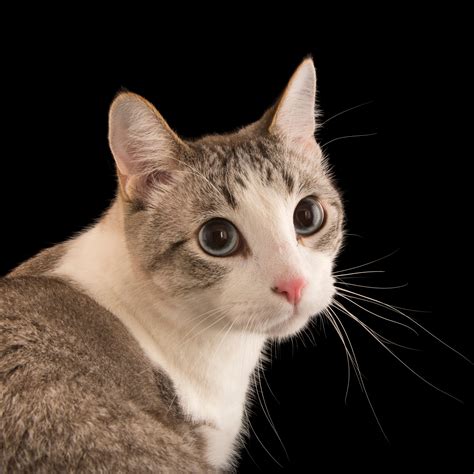Perfect Paws: A Comprehensive Guide to Feline Health and Well-being
Introduction
Cats are beloved companions, providing endless joy and affection to their owners. Their paws, in particular, play a vital role in their mobility, hygiene, and overall health. The condition of a cat's paws is a reflection of its overall well-being, and attending to their needs is essential for maintaining their quality of life.
Anatomy of the Feline Paw
The feline paw comprises several complex structures that work together to facilitate numerous functions.
-
Pads: The soft, fleshy pads on the bottom of the paw provide cushioning and act as shock absorbers, reducing the impact of each step. They also contain sweat glands, contributing to thermoregulation and scent marking.
-
Claws: The retractable claws are essential for hunting, climbing, and self-defense. They are made of keratin, the same material found in human fingernails.


-
Carpal pads: These pads on the wrist joint provide extra cushioning and protection during weight-bearing activities.
-
Metacarpal pads: Located on the palm of the paw, these pads assist in balance and traction.
Common Paw Problems in Cats
Like any other part of the body, cats' paws are susceptible to various health issues. Some of the most common problems include:

-
Trauma: Cuts, punctures, and abrasions can occur due to accidents or encounters with sharp objects.
-
Abscesses: Bacterial or fungal infections can lead to abscesses, resulting in swelling, pain, and drainage from the paw.
-
Onychomycosis: This fungal infection affects the claws, causing them to become brittle and discolored.
-
Interdigital cysts: These fluid-filled sacs develop between the toes and can be caused by allergies, infections, or injuries.
-
Pododermatitis: A skin inflammation of the paw pads, often associated with allergies or underlying medical conditions.

The Importance of Paw Health
Maintaining healthy paws is crucial for the well-being of cats, as it impacts various aspects of their lives:
-
Mobility: Healthy paws allow cats to move freely, navigate their environment, and engage in essential activities like hunting and climbing.
-
Hygiene: Cats use their paws for grooming, keeping their fur clean and free of parasites. Impaired paw function can lead to hygiene issues.
-
Temperature regulation: The sweat glands in the paw pads contribute to thermoregulation, helping cats stay cool in warm environments.
-
Scent marking: Cats use their paws to leave scent marks on objects and surfaces, establishing their territory and communicating with other cats.
How to Care for Your Cat's Paws
Regular care and attention are essential to keep your cat's paws in optimal condition. Here are some tips:
-
Regular nail trimming: Overgrown nails can hinder movement and cause pain. Trim your cat's nails every two to three weeks using nail clippers specifically designed for cats.
-
Paw cleaning: Periodically clean your cat's paws with a damp cloth to remove dirt and debris. Avoid using harsh chemicals or soaps, as they can irritate the delicate skin.
-
Paw massage: Gently massaging your cat's paws can stimulate blood circulation and promote relaxation.
-
Inspect paws regularly: Check your cat's paws for any signs of injury, swelling, or discharge. Prompt attention to any abnormalities can prevent more severe issues.
-
Provide a scratching post: Encouraging your cat to scratch on a scratching post can help maintain nail health and prevent them from scratching furniture or carpets.
Benefits of Well-Maintained Paws
Addressing the needs of your cat's paws provides numerous benefits:
-
Reduced risk of injury: Healthy paws reduce the likelihood of cuts, punctures, and other traumatic injuries.
-
Improved hygiene: Clean paws minimize the risk of hygiene issues, such as skin infections and parasites.
-
Enhanced mobility: Well-maintained paws allow cats to move comfortably and engage in their natural behaviors.
-
Increased comfort: Healthy paws contribute to overall comfort and reduce discomfort associated with pain or inflammation.
-
Stronger bond: By caring for your cat's paws, you strengthen your bond, fostering a sense of trust and affection.
Call to Action
The health of your cat's paws is an integral part of their well-being. By incorporating these tips and practices into your cat's routine, you can ensure their paws remain strong, healthy, and ready for all the adventures life has to offer.
